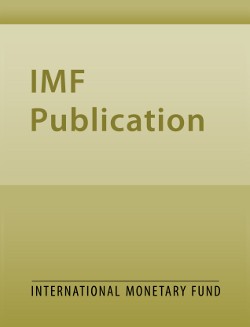
Rating Through-the-Cycle: What does the Concept Imply for Rating Stability and Accuracy?
WP/13/64
Credit rating agencies face a difficult trade-off between delivering both accurate and stable ratings. In particular, its users have consistently expressed a preference for rating stability, driven by the transactions costs induced by trading when ratings change frequently. Rating agencies generally assign ratings on a through-the-cycle basis whereas banks' internal valuations are often based on a point-in-time performance, that is they are related to the current value of the rated entity's or instrument's underlying assets. This paper compares the two approaches and assesses their impact on rating stability and accuracy. We find that while through-the-cycle ratings are initially more stable, they are prone to rating cliff effects and also suffer from inferior performance in predicting future defaults. This is because they are typically smooth and delay rating changes. Using a through-the-crisis methodology that uses a more stringent stress test goes halfway toward mitigating cliff effects, but is still prone to discretionary rating change delays.
Publication date: March 2013
ISBN: 9781475552119
$18.00
Add to Cart by clicking price of the language and format you'd like to purchase
Available Languages and Formats
| Paperback | ||
| English |
Prices in red indicate formats that are not yet available but are forthcoming.
Topics covered in this book
This title contains information about the following subjects.
Click on a subject if you would like to see other titles with the same subjects.
Economics- Macroeconomics , Economics / General , International - Economics , Credit ratings , Credit rating agencies , Credit rating migration
Summary
Copyright © 2010 - 2025
Powered by:
AIDC



